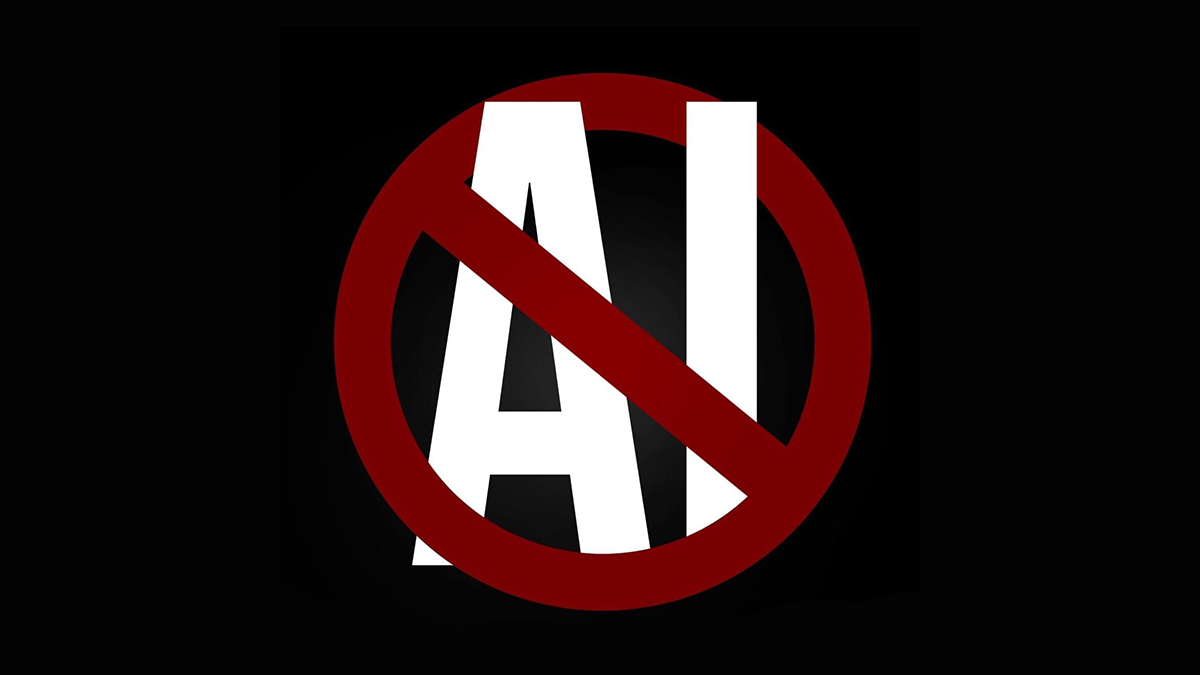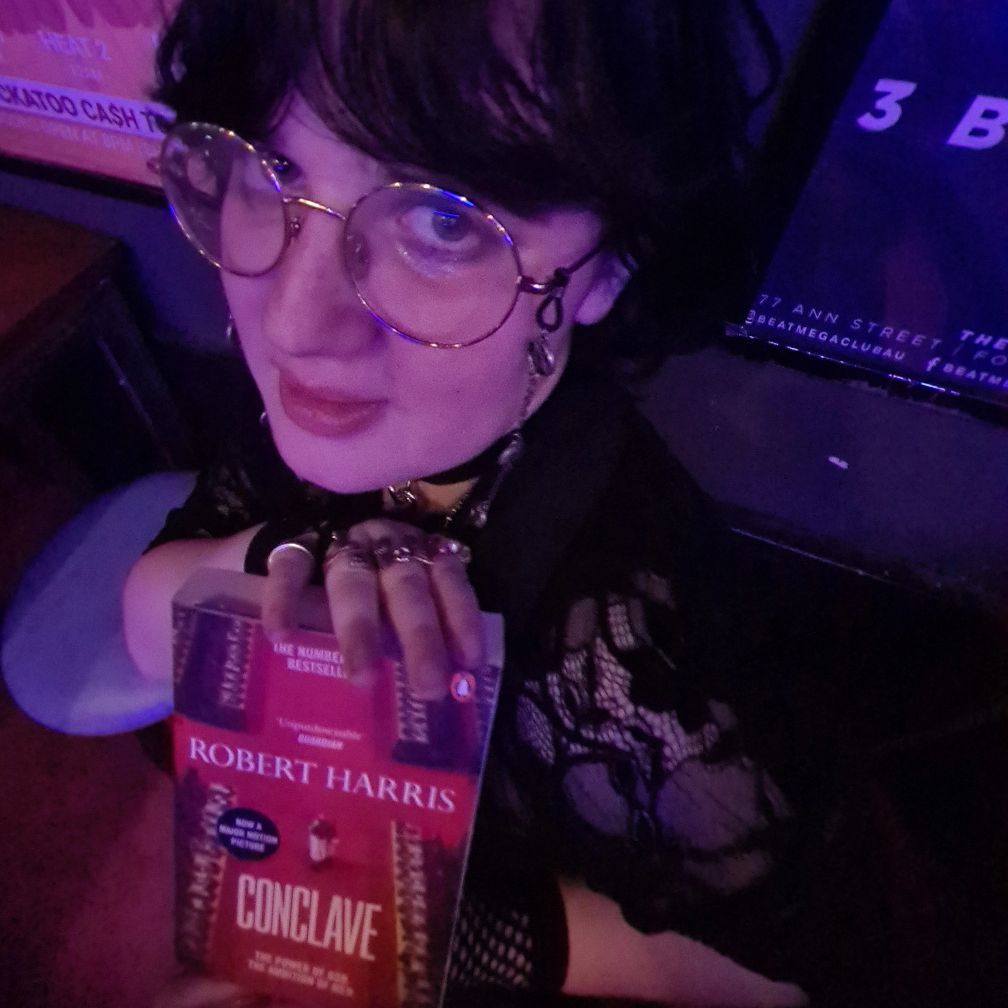
Generative AI has been a hot topic, with many conversations about how it is impacting different communities. A recent example is the generators that power the supercomputers (named Colossus) that train Grok, Twitter’s AI bot, and how they’re slowly poisoning a small, historically Black community in South Memphis, Tennessee called Boxtown. What is happening in Boxtown is a form of environmental racism. Environmental racism often comes from landfills, incinerators and hazardous waste disposals, alongside placing environmental burdens such as mining, oil extraction and other industrial agriculture upon indigenous communities and communities of predominantly people of colour.
Environmental impact aside, to create an image or written text, an AI model is trained on real artists and writers’ work, oftentimes with the artists/writers giving no consent, and receiving no compensation or credit. Essentially, generative AI art is theft.
There is already so much evidence to explain why generative AI should be avoided, yet there are people who still come to its defence or try to downplay its negative impacts. One popular argument is the phrase ‘generative AI makes art accessible’. This is often said when discussing disabled people and people living in poverty, as if those groups of people haven’t been making art for centuries before generative AI came about.
Last year, the National Novel Writing Month (NaNoWriMo) got into hot water after not only allowing the use of AI but saying, ‘we want to be clear in our belief that the categorical condemnation of Artificial Intelligence has classist and ableist undertones, and that questions around the use of AI tie to questions around privilege.’ Well, does it? Myself and many other disabled and low-income artists disagree. While I don’t want to speak for all disabled artists, many of us find this rhetoric incredibly ableist and offensive, with the implication being that the only way art can be accessible to us is through an unethical machine that steals from other artists (including disabled ones) and is literally killing our planet.
This has been a topic of discussion on many corners of the internet, including r/antiai on Reddit, with a post by user Chemical_bitters titled Saying AI makes art ‘accessible’ is incredibly offensive to disabled artists in history and modern day. In their post, Chemical_bitters asks, ‘Do they [pro-AI defenders] think that AI slop is the only ‘art’ disabled people deserve or are capable of making?’ Many commenters on the post, who are disabled artists themselves, explain their disdain for AI art as well as how they create art despite their disabilities, including a visually impaired user making paintings, and another with low dexterity making music. One user, ZealousidealSalt8989, explains, ‘there are adaptive devices that let paralysed people make music with their brainwaves. Plus “foot and mouth painting” is a whole thing with whole organisations dedicated to it…I mean if they like the self-expression fine, but championing it [Gen AI] as a way for disabled people to make art is very patronising’.
To end this off, I want to include some artists, writers and musicians who were disabled and yet were able to make incredible art without using AI slop machines.
Thomas Yendell (England), a mouth and foot painting artist.
John Bramblitt (America), a blind painter known for his bright colours and his style that mixes impressionism and pop art.
Frida Kahlo (Mexico) suffered from chronic pain.
Vincent van Gogh (Netherlands) and Edvard Munch (Norway) both created incredible paintings while suffering from mental health conditions.
Ludwig van Beethoven (Germany) made music even after losing his hearing.
Helen Keller (America) wrote 14 books and 475 essays while being deaf and blind.
Sarah Biffin (England) was born with no arms and only vestigial legs. She used her mouth to write and paint.
Fyodor Dostoevsky (Russia), author of iconic novels such as Crime and Punishment and The Brothers Karamazov, had epilepsy.
John Milton (England), who wrote Paradise Lost, had glaucoma and was completely blind by age 43.
And to all my fellow disabled artists out there, keep creating, even when the world tells you otherwise.
Sources:
Nasser Eledroos, Progress Shouldn’t Poison Black Communities, Tech Policy Press (2025).
Zachary Olson, Op-Ed: AI art is art theft and should be a crime, The Eagle (2024).
Samantha Cole, NaNoWriMo says Condemning AI is ‘Classist and Ableist’, 404 (2024).
David Gerard, NaNoWriMo gets AI sponsor, says not writing your novel with AI is ‘classist and ableist’, Pivot to AI (2024).
Written by El Bancroft
Views: 32

